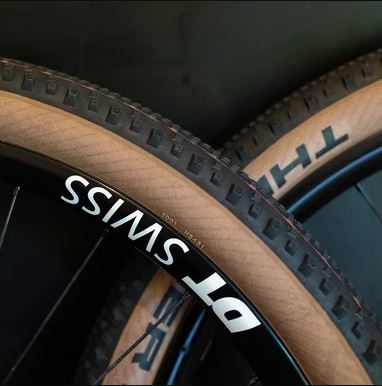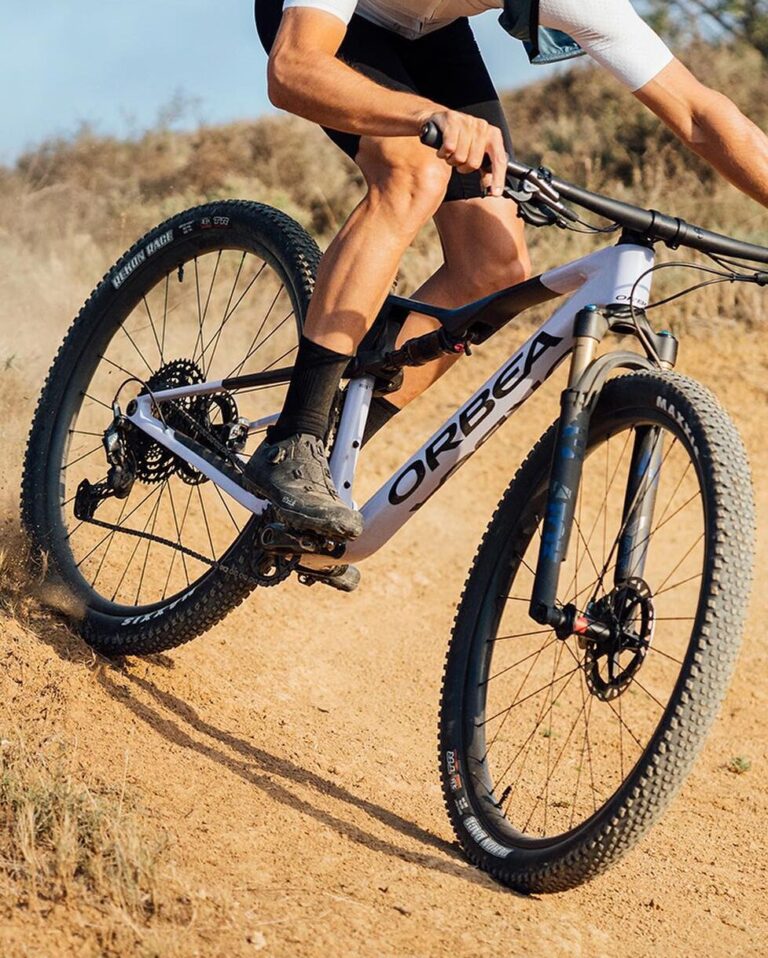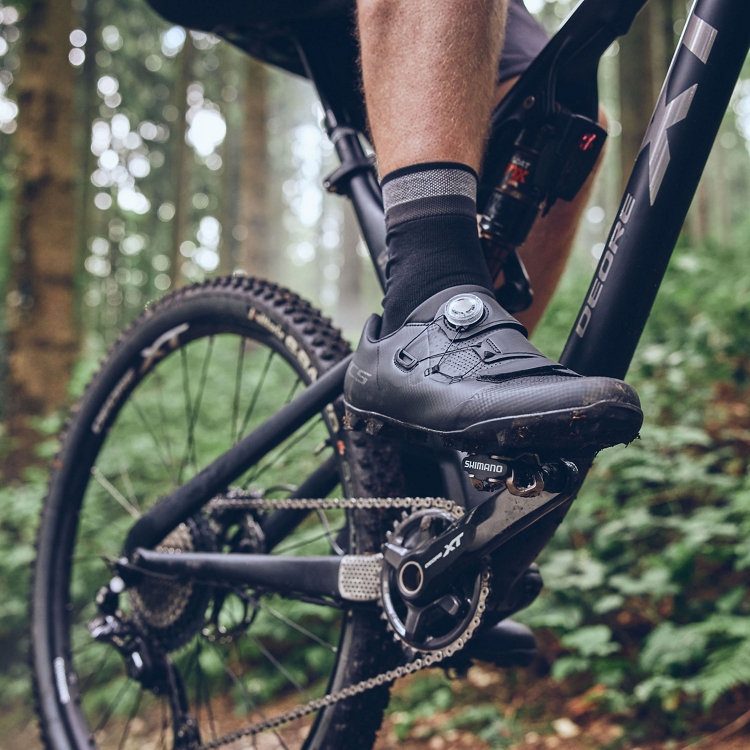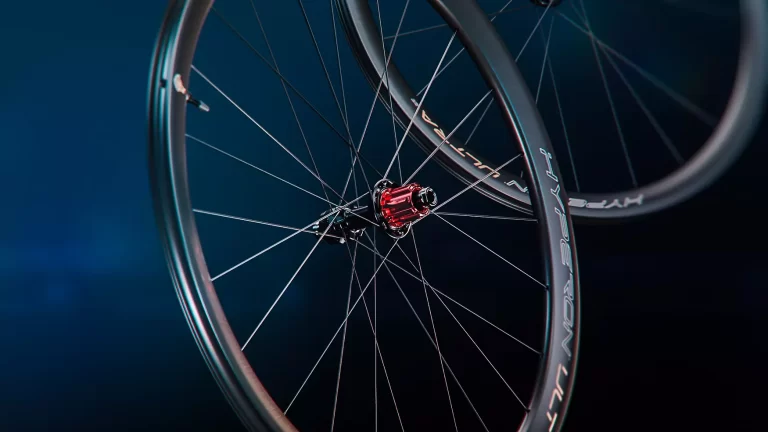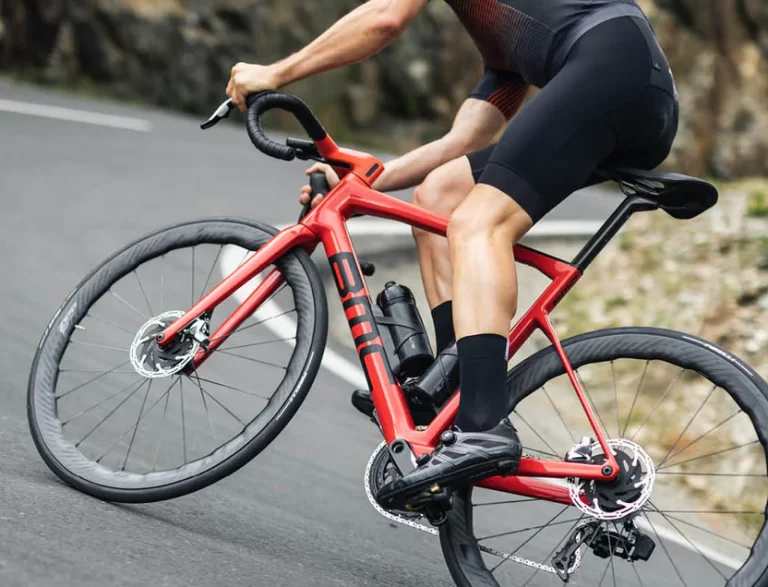Understanding MTB Wheel Sizes: A Comprehensive Guide
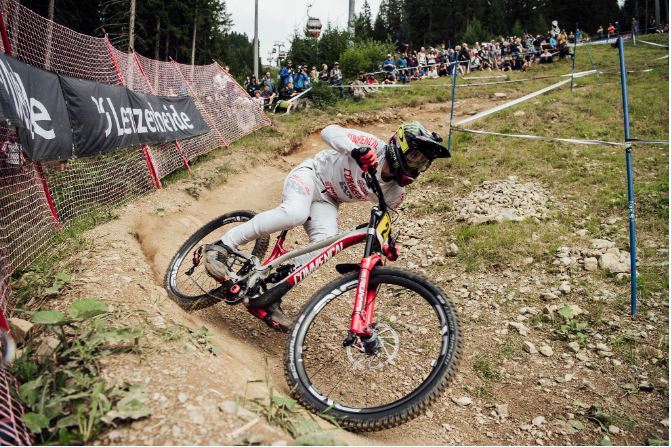
Key Point Summary of Understanding MTB Wheel Sizes:
- MTB Wheel Sizes: The main sizes are 26-inch (less common now), 27.5-inch (650b), and 29-inch.
- 29er vs. 27.5: 29ers offer better obstacle rollover and momentum, while 27.5-inch wheels provide quicker acceleration and agility.
- Wheel Size Comparison: Your choice should be based on your riding style, terrain, and personal preferences.
- Terrain and Riding Style: Consider the type of trails you ride and your riding style when choosing wheel size.
Navigating the world of mountain biking can sometimes feel like charting a course through a dense, untamed forest. Among the many choices a rider has to make, selecting the right wheel size is foundational. Having spent years racing and riding across various disciplines—from the high-speed descents of mountain biking to the endurance tests of gravel and the agility demands of cyclocross—I’ve come to appreciate the nuances each wheel size brings to the trail. Here’s a comprehensive guide to understanding MTB wheel sizes, drawing from my experiences to help beginner and mid-level cyclists find their perfect match.
The Evolution of MTB Wheel Sizes
The journey through MTB wheel sizes is as much about technological innovation as it is about personal preference. When I first dipped my toes into mountain biking, the 26-inch wheel was king. It was nimble, quick to accelerate, and it felt like an extension of myself on tight, technical trails. However, the landscape of mountain biking was rapidly evolving, and soon, new contenders entered the ring: the 27.5-inch and 29-inch wheels.
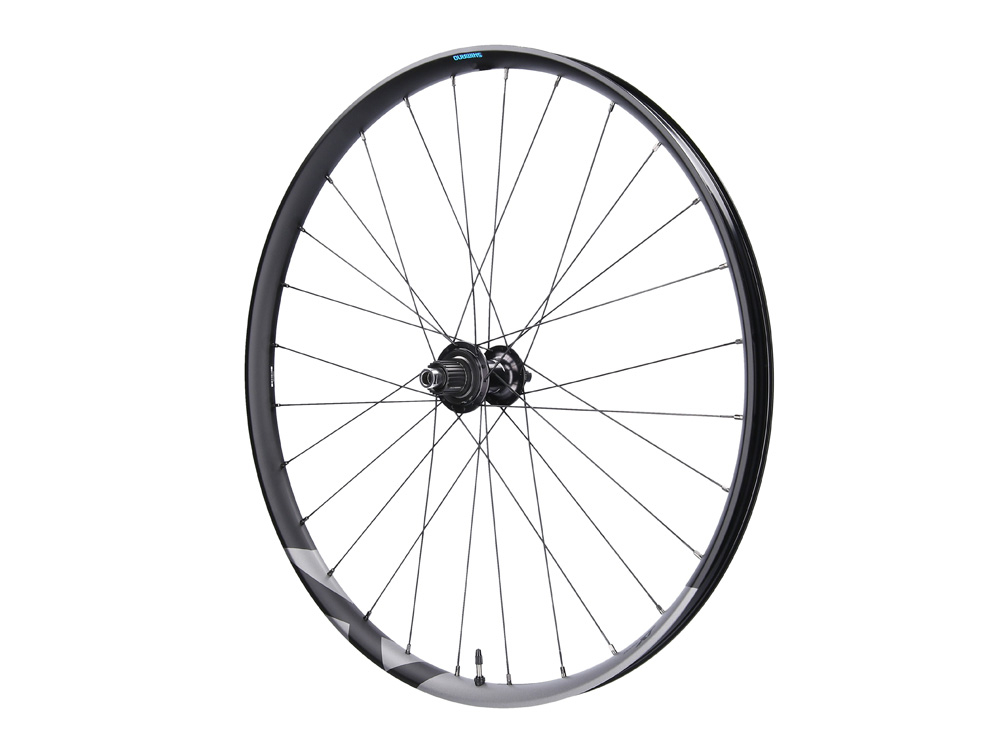
29ers: Rolling Over the Competition
The introduction of the 29er was akin to a revolution. These wheels, with their larger diameter, offered a significantly smoother ride over rough terrain. Obstacles that would have stopped me in my tracks on a 26-inch bike became mere bumps in the road. The 29er’s ability to maintain momentum and provide a stable, confident ride, especially on fast, open trails, was a game-changer. However, this came with a trade-off in weight and maneuverability, aspects that were particularly noticeable in tight switchbacks or when trying to achieve rapid acceleration.
27.5-inch Wheels: The Middle Ground
As the 29ers began to dominate the scene, the 27.5-inch wheel (also known as 650b) emerged as a compelling alternative. Offering a middle ground between the agility of the old 26-inch and the rollover capabilities of the 29er, the 27.5-inch wheels struck a chord with riders looking for a balanced experience. Personally, I found these wheels to be incredibly versatile, and capable of handling a broad spectrum of trails with grace. They allowed for quicker acceleration and easier handling, making them a joy to ride in technical terrain where precision is key.
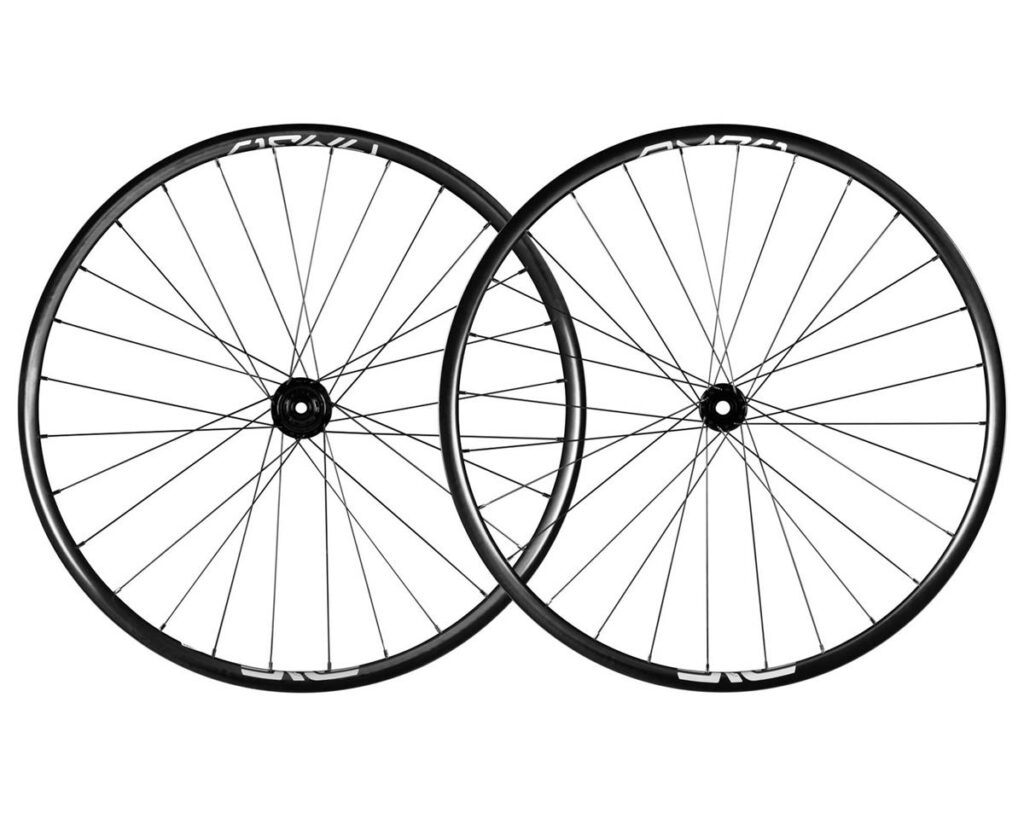
Making Your Choice: Considerations and Conclusions
Choosing the right wheel size is a deeply personal decision, influenced by your riding style, the typical terrain you tackle, and even your height and body proportions. While 29ers might be the go-to for riders focused on speed and efficiency over rough terrain, the 27.5-inch wheels offer an appealing blend of agility and versatility, particularly for those who value playfulness and maneuverability on the trails.
As mountain biking continues to evolve, so too do the options available to riders. Some manufacturers now offer mixed or mullet setups, with a 29-inch wheel in the front for better obstacle rollover and a 27.5-inch wheel in the rear for increased agility. This configuration combines the best of both worlds and is worth considering for riders seeking a unique blend of characteristics.
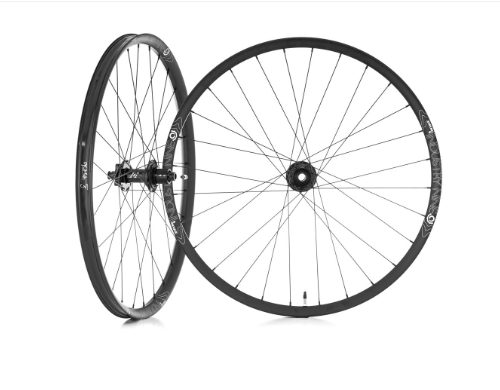
In the end, the choice of wheel size should be guided by where you ride, how you ride, and what feels most natural beneath you. I encourage every rider to test different setups and consider how each one aligns with their riding ambitions. The perfect wheel size is the one that disappears beneath you, transforming your ride into an extension of your body as you navigate the trails and challenges ahead.
To encapsulate the essence of navigating through the nuances of MTB wheel sizes and their impact on the riding experience, here are the top three mountain bike wheels that stand out for their performance across different terrains and rider preferences. These selections highlight the diversity and strengths of the prevalent wheel sizes in the market:
1. DT Swiss XMC 1200 Spline 30 (29-inch)
- Ideal for: Riders looking for speed, stability, and efficiency on varied terrain. The XMC 1200 Spline 30 embodies the essence of 29-inch wheels, offering exceptional rollover capability and momentum conservation, making them perfect for long, fast descents and climbing efficiency.
2. ENVE M735 (27.5-inch)
- Ideal for: Those who prioritize agility and precision on technical trails. The ENVE M735 wheels, with their 27.5-inch diameter, are designed for aggressive riding styles, providing the maneuverability and quick acceleration needed for navigating tight turns and technical sections with ease.
3. Industry Nine Enduro S Hydra (Mixed Mullet Setup: 29-inch front, 27.5-inch rear)
- Ideal for: Riders seeking a blend of the two worlds—speed and agility. This mixed setup takes advantage of the 29-inch wheel’s rollover capabilities and the 27.5-inch wheel’s nimbleness. It’s a choice that reflects the growing trend of customizing wheel setups to match specific riding styles and preferences, especially among those who enjoy the benefits of both sizes.
Each of these wheelsets exemplifies the key considerations when choosing MTB wheels: terrain, riding style, and personal preference. Whether you’re leaning towards the efficiency and speed of 29-inch wheels, the agility of 27.5-inch wheels, or the innovative approach of a mixed setup, the best choice is the one that elevates your ride and resonates with your approach to mountain biking.
John
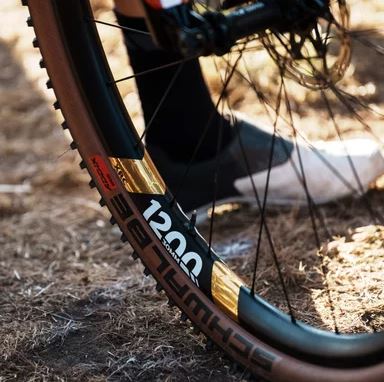
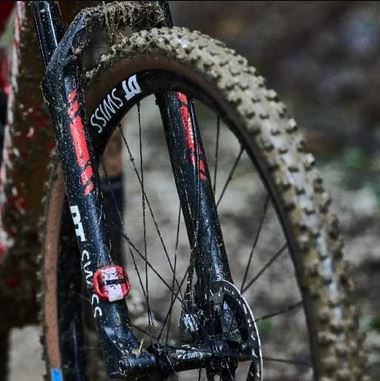
FAQ
How do I know what size mountain bike wheel to get?
To determine the right mountain bike wheel size, consider your riding style, preferred terrain, and physical dimensions. Riders who enjoy fast, open trails and need better obstacle rollover might prefer 29-inch wheels. Those who favor technical terrain and value maneuverability may opt for 27.5-inch wheels. Test riding different sizes can also help inform your decision.
Are 29 inch wheels faster than 26?
Yes, 29-inch wheels are generally faster than 26-inch wheels on most terrains due to their greater efficiency in rolling over obstacles and maintaining momentum.
What height is a 27.5 wheel for?
A 27.5-inch wheel is suitable for a wide range of rider heights, offering a balance between the agility of 26-inch wheels and the rollover capability of 29-inch wheels. It’s particularly favored by riders looking for a versatile, all-around mountain biking experience.
How much bigger is 27.5 than 26?
The diameter of a 27.5-inch wheel is approximately 1.5 inches (38mm) larger than that of a 26-inch wheel. This difference allows for slightly better obstacle rollover and traction while maintaining a good level of agility and responsiveness.
